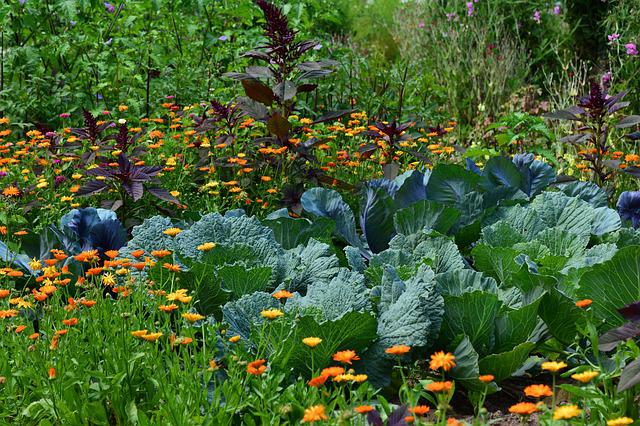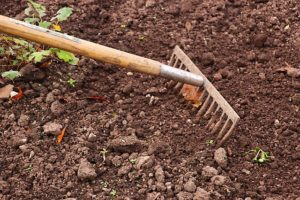Horticulture is a relaxing hobby that can be enjoyed by people of all ages, but is especially important for increasing yields in your homestead garden. Whether you decide to grow a flower garden or plant some fresh herbs, you’ll find that tending to your plants is incredibly fulfilling. The information below provides a little advice and a few pointers when it comes to both your garden, and the act of growing.
Think about planting your seeds in indoor pots and then transplanting them to your garden once they become seedlings. Your plants will be more likely to survive if you do this. In addition, you can shorten the intervals between your plantings. Your next crop of seedlings will be started and ready to be planted immediately after you remove your last crop from the garden.
Plant a variety of annuals, biennials and perennials to keep your flower beds bright. These flowers grow  quickly and can be planted at any time during the year. If you want to maintain a flower garden all year or you want to add new flowers to reflect the changing seasons, annuals and biennials are for you. You can fill any spaces between shrubs and perennials when they are in the sun. There are plenty of varieties including petunia, marigold, cosmos, sunflower, hollyhock, and rudbeckia.
quickly and can be planted at any time during the year. If you want to maintain a flower garden all year or you want to add new flowers to reflect the changing seasons, annuals and biennials are for you. You can fill any spaces between shrubs and perennials when they are in the sun. There are plenty of varieties including petunia, marigold, cosmos, sunflower, hollyhock, and rudbeckia.
Climbing plants make a strong addition to walls, fences or other free-standing structures. You can hide an unsightly wall or fence, in as little as one growing season, with the right selection of climbing plant. They may also grow through tress and shrubs that are already grown, or you can train them to cover your arbor. Some may need to be attached to a support, and others will attach themselves to any surface using their twining stems or tendrils. Excellent varieties include honeysuckle, wisteria, jasmine, climbing roses and clematis.
If you’re like many gardeners, autumn means that it’s time to get some delicious fall edibles growing in your garden. This time, use a pumpkin for the container for your lettuce and kale, instead of plain clay pots. Simply cut the pumpkin open at the top, so you can remove the seeds and insides. After that, spray Wilt-Proof along the edges and on the inside of the pumpkin, so it doesn’t rot. Now this is completed, it is time to get planting!
Try to grow some wheat or cat grass around your cat’s favorite plants. You can also put something on top of the soil around the plants that has an offensive smell to cats, such as mothballs or citrus peel.
Try to keep your plants aerated and dry, every day. Parasites are attracted to the moisture on plants. A commonplace plant parasite is fungi. You can control fungi with fungicides, but you must remember to use it before you notice any problems in order for it to work.
Gardening is a rewarding and pleasurable hobby. Whether the garden is for fresh vegetables, or just for beauty of having flowers, the benefits are clear and never ending. Apply these tips to make sure you do everything properly for better results.




